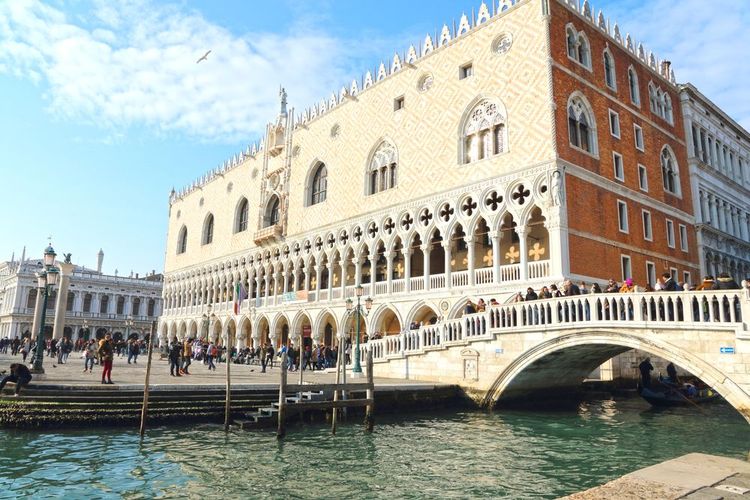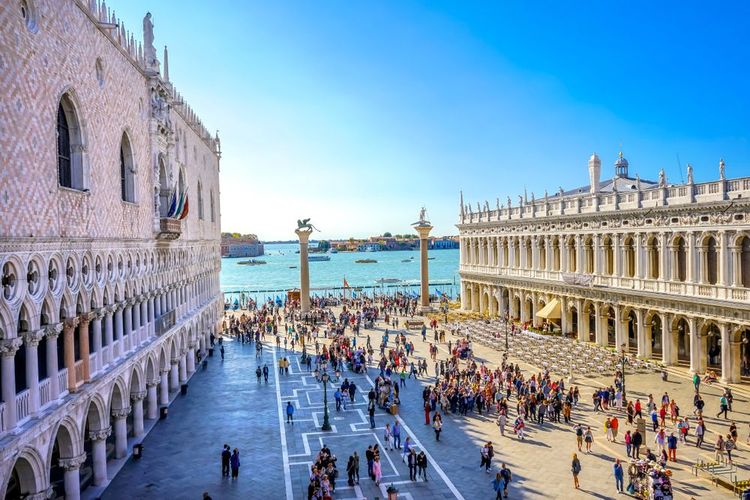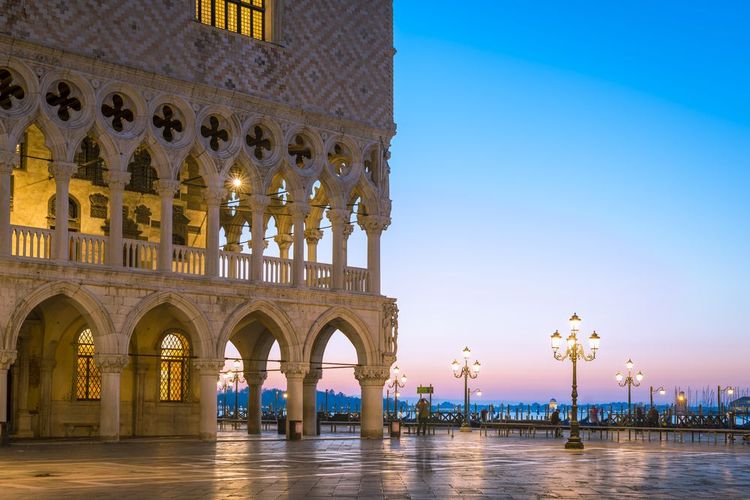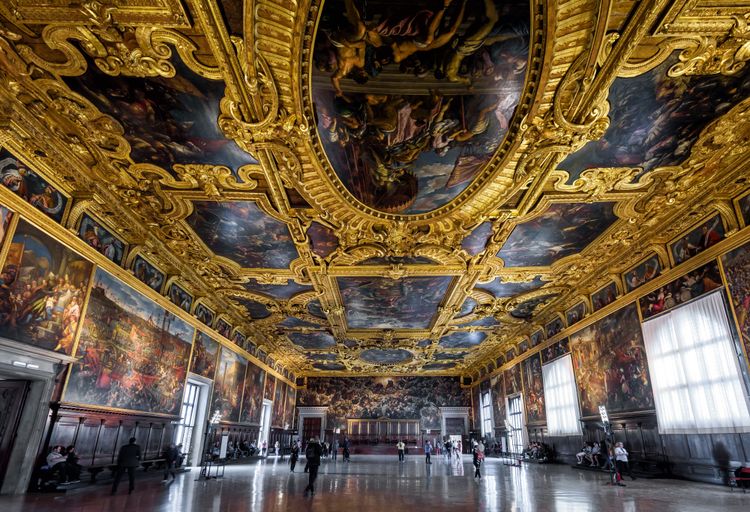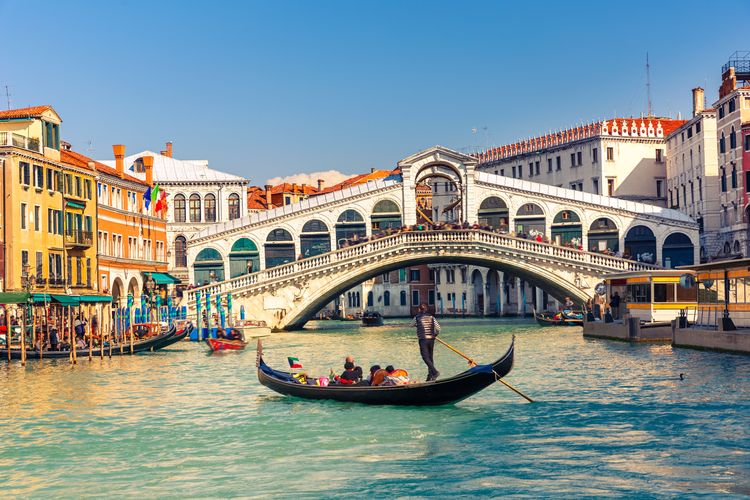🚌 How do I get to the Doge's Palace?
The easiest way is to walk to Piazza San Marco. By public transport, vaporetto stops San Zaccaria, San Marco, Giardinetti, or Vallaresso, lines 1, 2, 4.1, 4.2, 5.1, 5.2.
⏰ ¨NBSP; Doge's Palace opening times:
Open every day. Please note that the palace closes early.
- From 9.00 am to 6.00 pm (but last entry at 5.00 pm!).
Tickets for the Doge's Palace:
A bit of concentration: the Doge's Palace is included in various combined tickets/passes, which may seem complicated at first. A word of advice: book your tickets online as soon as possible.
- Musei di Piazza San Marco ticket :
Valid for the Doge's Palace, Correr Museum, National Archaeological Museum, Marciana National Library.
- Full price: €25 with reservation 30 days before the visit, otherwise €30. Concession: €13/€15. Audioguide €5.
The most basic formula.
👛 -The Museum Pass:
Valid for all the Museums in Piazza San Marco + Museo di Palazzo Mocenigo and Centre d'Etudes de l'Histoire du Tissu et du Costume, Ca' Pesaro, Galleria Internazionale d'Arte Moderna, Murano Glass Museum, Burano Lace Museum, Natural History Museum and Fortuny Museum.
- Full price: €40. Concession: €22.
Interesting only if you plan to visit more than 3 museums.
- Venezia Unica pass:
You can include combined admission to the museums in Piazza San Marco, including the Doge's Palace, or the advantages of the Museum Pass, in your Venezia Unica pass, which can be adapted to suit your needs.
How can I avoid queuing for the Doge's Palace?
Order your ticket online and skip the on-site ticket office, or enter the Doge's Palace directly from the Correr Museum, where it is less crowded.
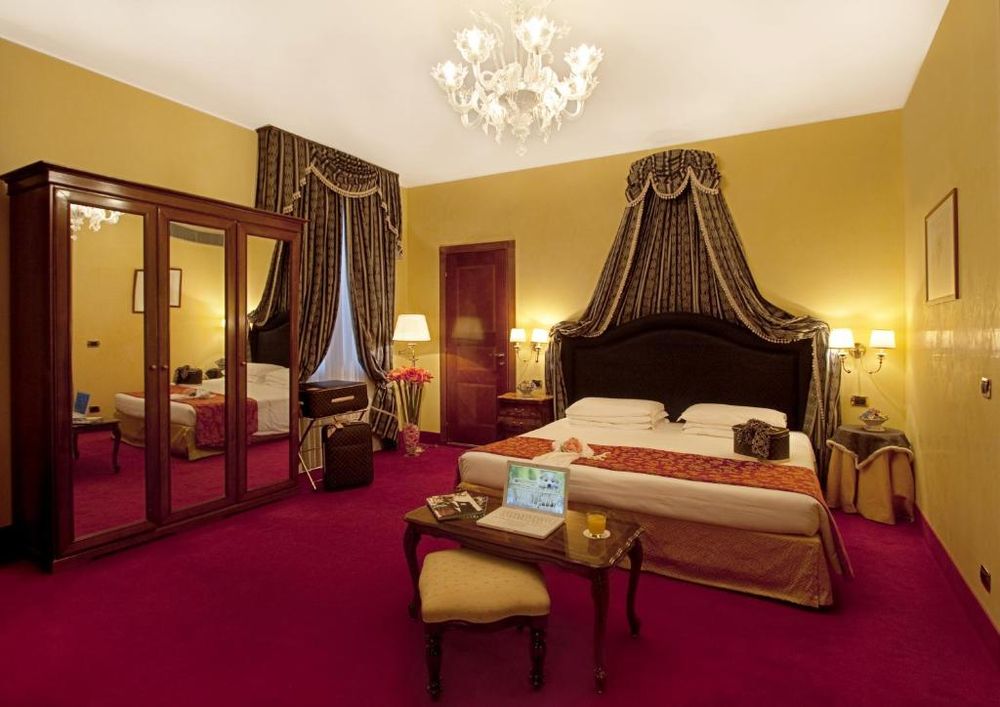 Venice
Venice
